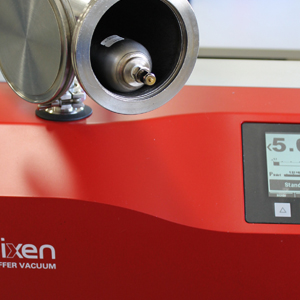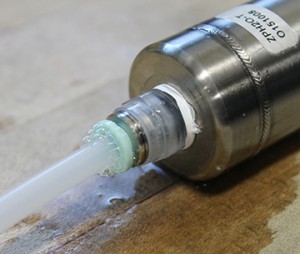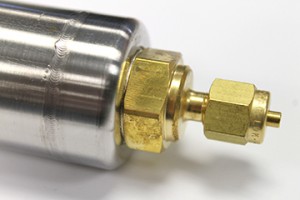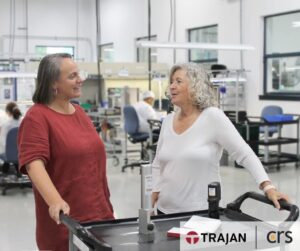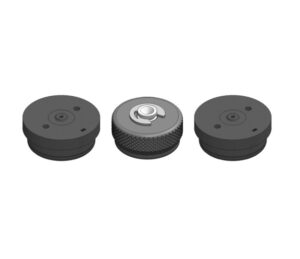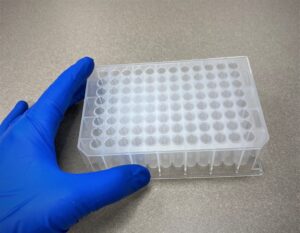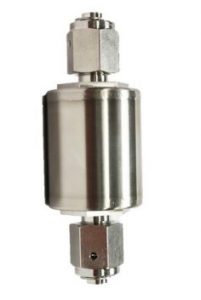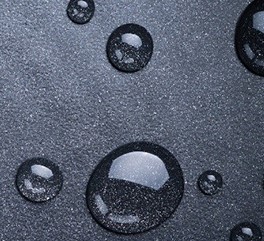Leak Checking Misery
I bet a lot of you in the lab spend a lot more time looking for leaks in your gas lines and in your instruments than you want to.
I started my career more years ago than I will admit in this blog building an electron scattering apparatus at Caltech, and it had to work under ultra-high vacuum conditions, 10-11 torr or so in the units of the day. After I finally managed to leave graduate school, I vowed never to get into a field requiring leak checking again – a resolution that of course didn’t last very long.
At CRS our leak checking is mostly done to assure the quality of our gas purifiers, and we have never found a way around doing 100% helium leak checking. Minute leaks can remain during purifier manufacturing from flaws in fittings, purchased or machined parts, and occasionally even welding errors that result in a small amount of defective parts, and it is our job to make sure that problems never leave our manufacturing facility. As our quality requirements and knowledge have increased over the years we have gone from looking for leaks with a sniffer probe to a more reproducible vacuum leak check.
Helium Leak-Checking
A Helium leak check device is basically a simple mass spectrometer tuned to m/z = 4. Some models offer an option to use m/z = 2, a nod to the Helium shortage.
Leak check equipment is made by Pfeiffer Vacuum , who bought out the Adixen brand, Agilent Technologies, who acquired Varian and their product line, and VIC Leak Detection (formerly VEECO), among others. We are currently using a Pfeiffer system here at CRS, and it offers both a vacuum mode and a sniffer mode.
When using a sniffer probe you pressurize the vessel to be tested with Helium, and you use a probe that is connected to the leak detector to pull air from around the vessel into the leak detector. The leak detector has to be able to skim off as much of the nitrogen and oxygen as possible and limit the flow into the mass spec detector to something reasonable. The sensitivity of this method is limited, both by this problem and by the fact that the background level of Helium in the air is at around 10-5 torr.
We use vacuum leak checking almost exclusively because of it's higher sensitivity and more precise readings. With this method you fill the vessel in question with Helium, cap the ends, and put it in the leak check vacuum chamber. A vacuum pump evacuates the chamber around the sealed vessel directly through the m/z = 4 tuned mass spec, so any Helium leaking out of the vessel is immediately detected. This is much more sensitive than the sniffer probe, and it is also very much more sensitive than bubble detection with soap solution or leak detection with simple hand-held devices.
Leak Detection and Product Improvements
A key benefit of this type of leak checking is the ability to put a number on the leak. The instrument reads out in units of millibar-liters/sec. When you put a number on something in production, then you have the opportunity to improve. At CRS we are using the measurements as opportunities for improvement in a number of different directions.
One improvement recently introduced to the ZPure line of filters is the all-metal sealing system. The ZPure filters now use a silver-plated copper gasket to seal the fittings to the filter body instead of a tapered thread and tape or sealant as is commonly used in laboratory gas filters.
If you have any additional questions, contact sales@chromres.com or call us at 502-491-6300.
